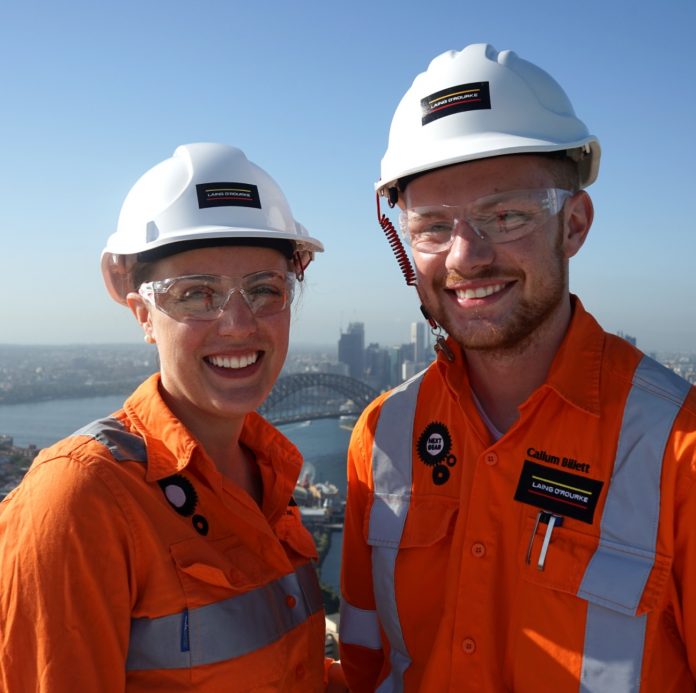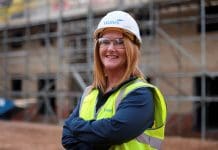Targets announced by Laing O’Rourke include an ambitious commitment to address gender balance and ensure equal numbers of men and women across the global staff population by 2033
The gender pay gap target will create a more diverse and inclusive workplace and enable the company’s transformation to become the construction sector’s recognised leader for innovation and excellence.
In the UK, legislation requires the business to report on six measures of hourly pay across all UK employees (both weekly and monthly-paid) at a single point in time.
For the 2020/21 financial year, the measures were taken during the week of 1 April 2020 for our workforce and the month of April 2020 for salaried employees.
Using the UK government’s reporting criteria, the 2020 Gender Pay Gap report shows that in April 2020, women’s median hourly pay was 17.6% lower than men’s (2019: 6.9%) and female mean hourly pay was 13.6% lower than men’s (2019: 7.8%).
This increase in the gap from 2019 has been driven by demographic changes to the composition of the company’s directly-employed construction workforce (which is predominantly male) and the impacts of Covid on earnings amongst salaried staff.
The data for this reporting period was influenced by the measures taken to build resilience and protect jobs at the start of the pandemic. During the month in which the data was taken (April 2020), employees on the monthly payroll experienced a temporary salary reduction of 20% to 30%, based on seniority. This reduced the monthly hourly rates for both men and women. At the same time, weekly paid workers (predominantly male) were less affected – as frontline construction work continued after only a short pause.
Laing O’Rourke is also committed to recruiting more women and providing additional opportunities for them to develop into senior roles – in line with our global commitment for 50-50 gender employment among staff by 2033.
However, as previously noted, due to the reporting format in the UK – the impact of more females joining the business in early talent opportunities may actually widen the pay gap in some years.
In the UK, the company’s graduate intake this year was 56% male and 44% female, the Summer Industrial Placements cohort was 50:50, and the Professional Apprentices 2021 intake was 45% female. These are recruitment improvements that Laing O’Rourke is committed to maintaining, acknowledging they may drive short-term increases in the UK gender pay gap.
Commitment to equality by 2033
Josh Murray, droup people director, said: “We have committed to a 2033 benchmark where we will have equal numbers of male and female staff within the business, and a new platform of belonging that shifts the style and inclusivity of how we, and our supply chain partners, operate our sites, projects and offices.
“Our action plans to attract and retain more women into our organisation continue to develop – and we can demonstrate significant improvements in our executive population, senior women on projects, and equality around entry-level talent. This has given us great energy to go further.
“The Australia and Europe Hubs will continue to report on gender pay gap in line with the required metrics of the respective authorities.
“We welcome the debate and the transparency, and will continue to demonstrate how the statistics are impacted over the long-term, within our unique, direct-delivery operating model.”

















